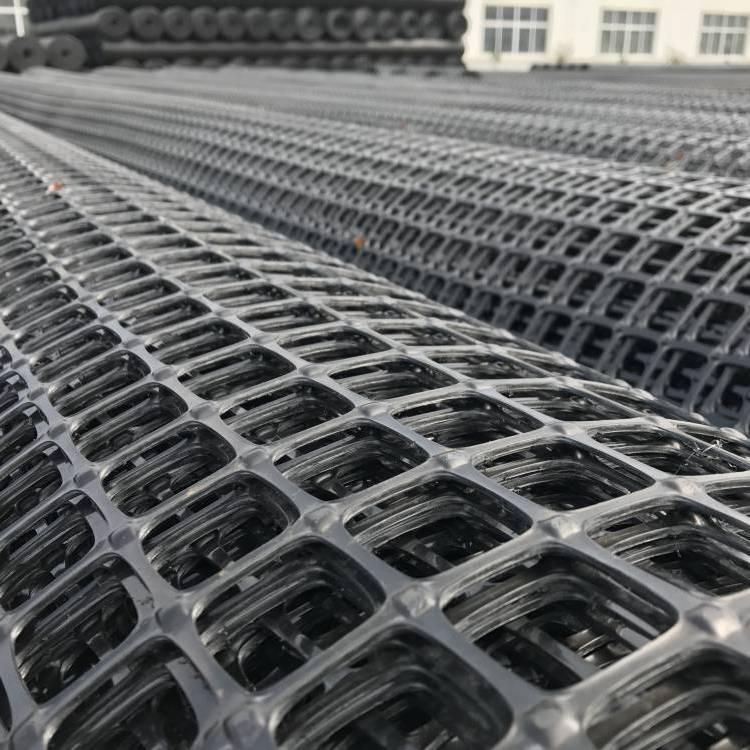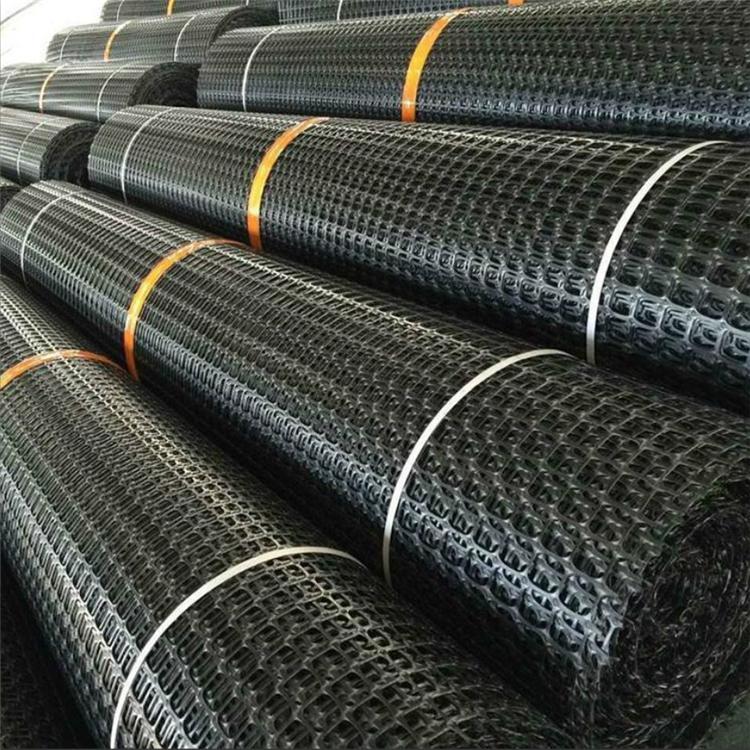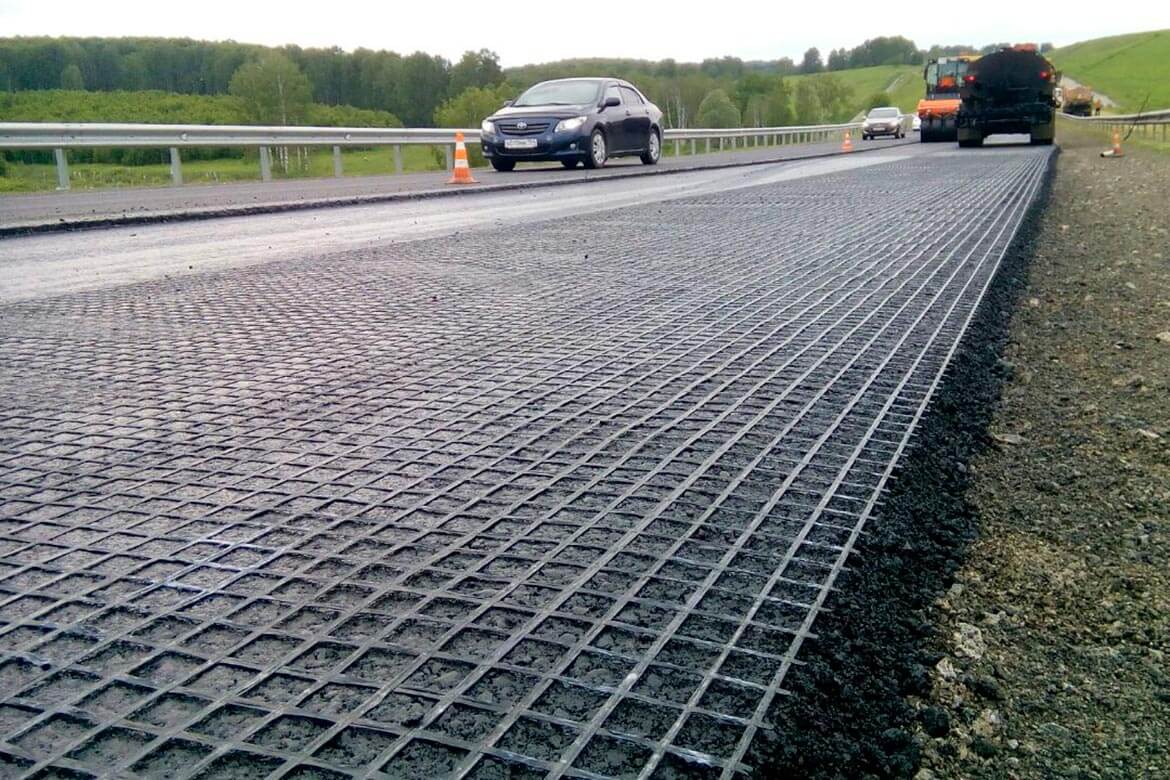Best Biaxial Plastic Geogrid
2.Good flexibility, high strength.
3.Acid and alkali resistance, corrosion resistance, aging resistance.
4.Stable size, with water permeability, filtration, isolation performance.
In the world of civil engineering and construction, the biaxial plastic geogrid has emerged as a revolutionary product for soil reinforcement and stabilization projects. Designed to improve load distribution and enhance structural integrity, this versatile geosynthetic material is increasingly favored in road construction, retaining walls, embankments, and slope protection.
If you’re seeking a cost-effective, durable, and high-performance solution to strengthen your groundworks, understanding the benefits and applications of biaxial plastic geogrid is crucial. This guide dives deep into the product’s features, advantages, and real-world uses, helping you make an informed decision.
What is Biaxial Plastic Geogrid?
A biaxial plastic geogrid is a grid-like material made from high-density polyethylene (HDPE) or polypropylene (PP) polymers. Its defining characteristic is the ability to provide reinforcement in both longitudinal and transverse directions—hence the term “biaxial.” Unlike uniaxial geogrids, which reinforce in one direction, biaxial geogrids offer multidirectional strength, making them ideal for various civil engineering applications.
The open grid structure allows for excellent soil interlock, improving load distribution and minimizing soil movement under pressure. This results in enhanced stability for roadbeds, foundations, and embankments.
Key Features of Biaxial Plastic Geogrid
High Tensile Strength: Capable of withstanding heavy loads both lengthwise and widthwise.
Excellent Chemical Resistance: Resistant to acids, alkalis, and biological degradation, ensuring long-lasting performance.
UV Stability: Special additives protect against UV radiation, suitable for outdoor use.
Lightweight & Easy to Install: Flexible and easy to handle during site application.
Permeable Structure: Allows water drainage while preventing soil erosion.
Why Choose Biaxial Plastic Geogrid?
1. Superior Soil Reinforcement
The biaxial plastic geogrid enhances soil strength by distributing applied loads over a wider area. This reduces pressure on weak soils, preventing deformation and improving load-bearing capacity.
? “We used biaxial plastic geogrids for our highway expansion project, and the difference was immediately noticeable. The soil held firm even under heavy traffic.”
— Maria L., Civil Engineer, Texas
2. Cost-Effective Ground Stabilization
Compared to traditional soil stabilization methods like deep excavation or concrete piling, biaxial geogrids offer a budget-friendly alternative that speeds up construction and reduces labor costs.
3. Environmentally Friendly
Made from recyclable polymers, biaxial plastic geogrid is a sustainable choice for green building projects. Its long service life means less frequent replacements and reduced environmental footprint.
? “Incorporating biaxial geogrids helped us meet our sustainability goals without compromising on performance.”
— John P., Project Manager, California
4. Versatility Across Applications
Whether for road subbases, embankments, or retaining walls, biaxial plastic geogrid adapts seamlessly to various ground conditions and project requirements.
Typical Applications of Biaxial Plastic Geogrid
Road Construction: Reinforces subgrade and base layers, preventing rutting and cracking.
Retaining Walls: Provides structural support by stabilizing backfill materials.
Embankments: Improves slope stability on embankment shoulders.
Railways: Enhances ballast retention and track stability.
Landfills: Reinforces soil layers to prevent settlement and deformation.
Installation Tips for Optimal Performance
Prepare the Subgrade: Remove loose debris and level the soil surface before geogrid placement.
Overlap Panels: Ensure a minimum overlap of 300mm between adjacent sheets for maximum load transfer.
Secure the Geogrid: Use stakes or pins to hold the grid in place during backfilling.
Compact Backfill: Properly compact the soil above the geogrid to enhance reinforcement effects.
User Reviews and Feedback
? “The biaxial plastic geogrid was easy to install, and it noticeably reduced settlement on our project site. Highly recommend for infrastructure projects!”
— Kevin S., Construction Supervisor, New York
? “We tested several reinforcement options, but the biaxial geogrid outperformed them all in tensile strength and durability.”
— Ayesha M., Geotechnical Engineer, Dubai
Final Thoughts: Is Biaxial Plastic Geogrid Right for Your Project?
If your project demands reliable soil reinforcement that is easy to install, cost-effective, and environmentally responsible, biaxial plastic geogrid is an excellent choice. Its unique biaxial strength, chemical resistance, and versatility make it indispensable in modern civil engineering.
Ready to upgrade your ground stabilization approach? Explore top-quality biaxial plastic geogrid options today and experience the benefits firsthand.













